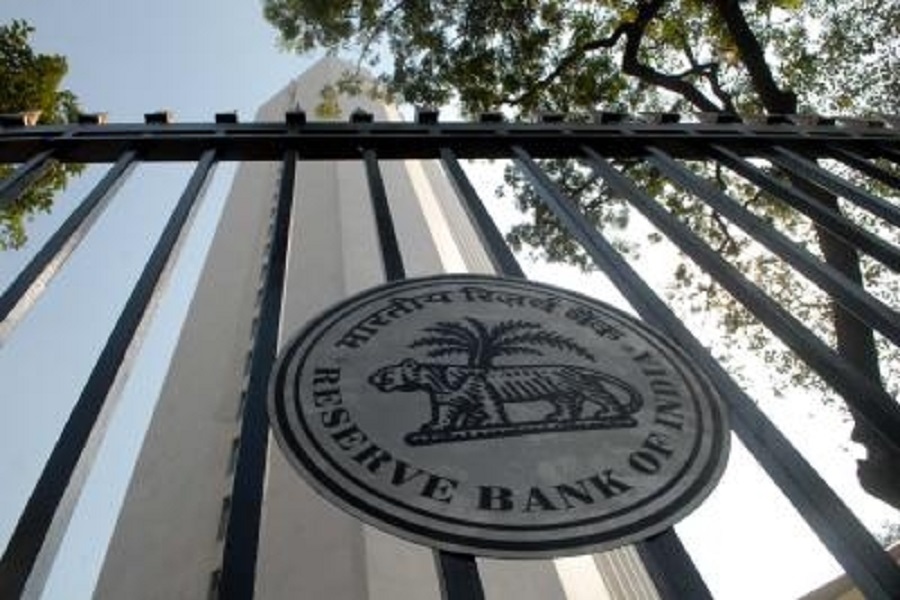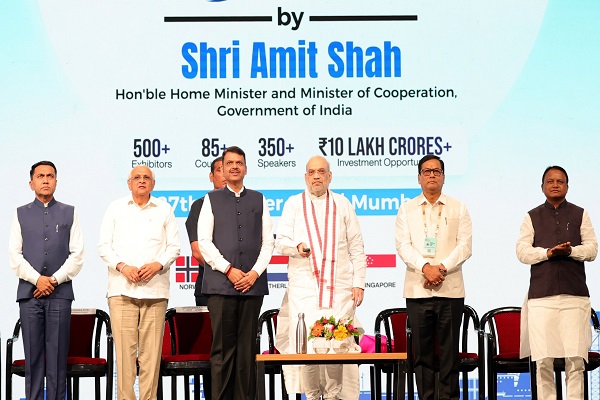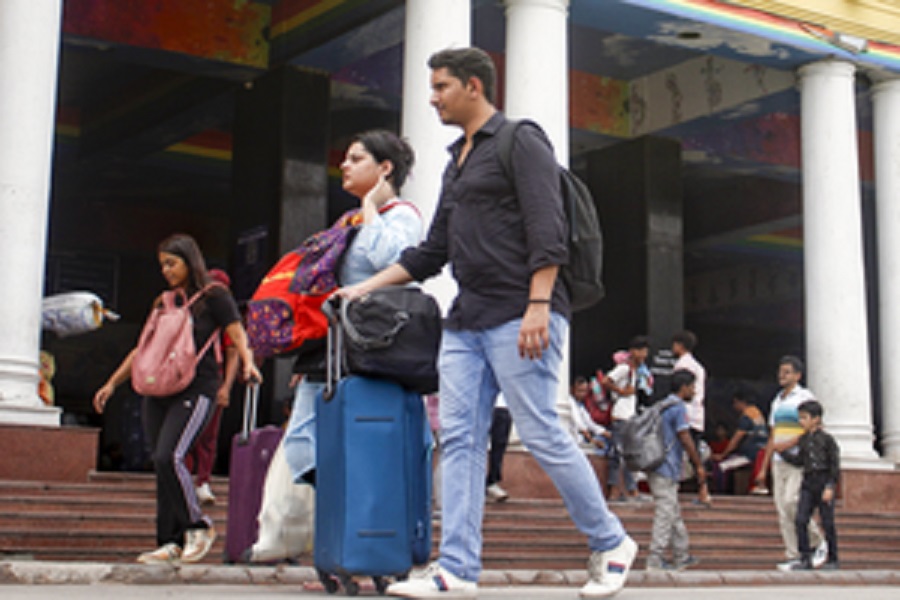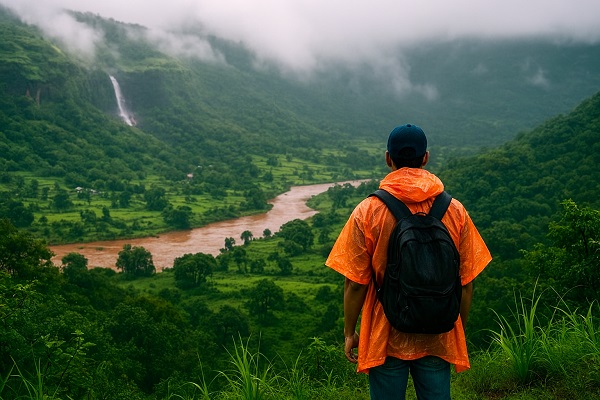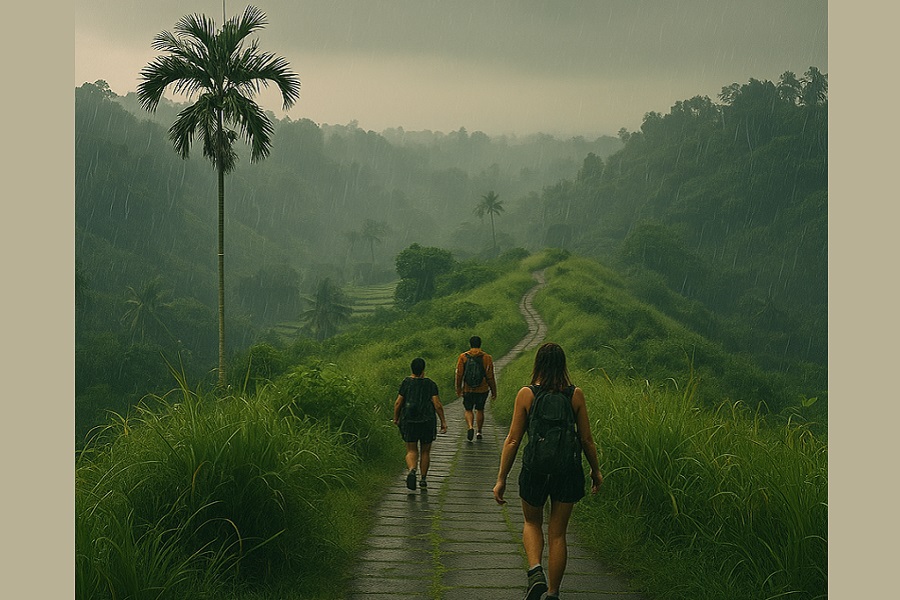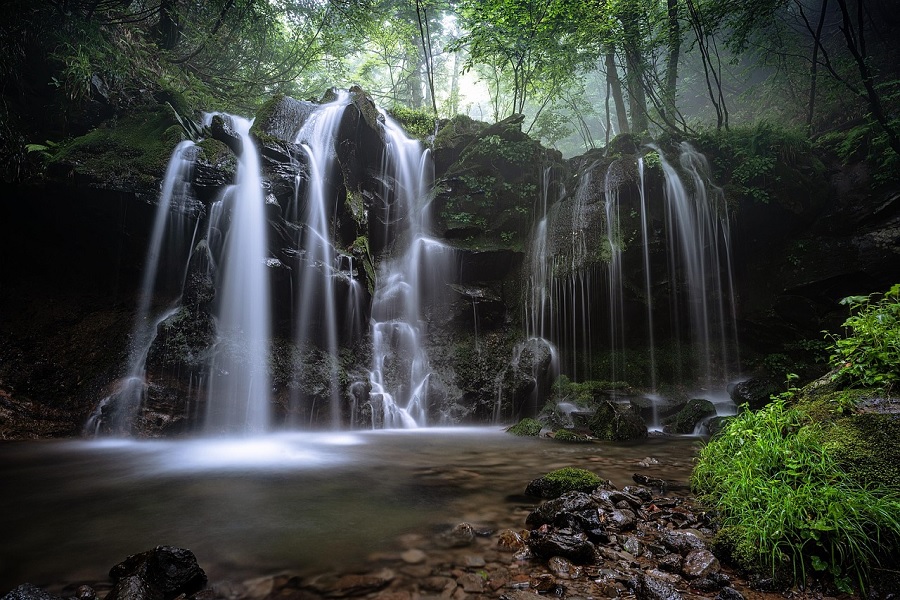``Chasing Waterfalls and Whispering Forests: Why Monsoon is the Most Magical Time to Explore India’s Wild Side``
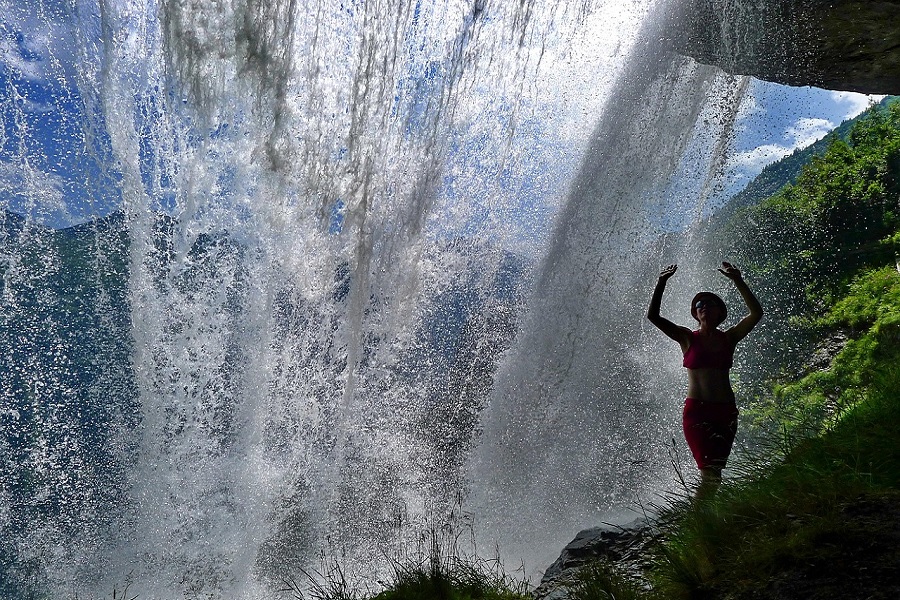
When most travelers pack their bags to escape the rains, a smaller, wiser group embraces them. In India, the monsoon is not just a season—it’s a sensory celebration. It’s when mist rolls over the hills like silk, forests wake from their dusty slumber, waterfalls roar with pride, and earthy petrichor fills the air. It’s nature’s standing ovation, and the best way to experience it is by heading straight into its heart.
This is the season for monsoon tourism—an underrated and unforgettable opportunity to trek, wander, and retreat into India’s lush, rain-washed wilderness.
The Monsoon Landscape: A Canvas of Green and Grey
From the Sahyadris in Maharashtra to the Western Ghats in Karnataka and the cloud-kissed Himalayan valleys of Uttarakhand, India's landscape undergoes a stunning transformation during the monsoon (June to September). Dry riverbeds turn into gurgling streams. Forgotten trails are reborn with moss, mushrooms, and mist. The air is cooler, the light softer, and the crowds thinner.
In short: nature feels more intimate, more alive.
Trek the Trails: Where Rain Adds Magic
1. Rajmachi Fort Trek, Maharashtra
Nestled between Lonavala and Karjat, this trek is perfect for beginners and families. Rain turns the region into a film set—meadows dotted with wildflowers, waterfalls cascading beside the trail, and mist swirling around ancient fort ruins. The Bhairavnath Temple en route offers a mystical rest stop.
2. Valley of Flowers, Uttarakhand
Declared a UNESCO World Heritage Site, this alpine valley blooms into a surreal tapestry of color between July and August. The monsoon unlocks its soul, covering the trail with a carpet of orchids, poppies, and daisies—all against the backdrop of glacial streams and snow-dusted peaks.
3. Agumbe Rainforest, Karnataka
Referred to as the "Cherrapunji of the South," Agumbe is home to India’s most pristine rainforest ecosystem. Trekking here in the rains is like walking through a live nature documentary—encounters with rare frogs, orchids, ancient trees, and maybe even a glimpse of the elusive King Cobra.
Waterfall Escapes: Where the Earth Pours Her Heart Out
Athirappilly Falls, Kerala
Often dubbed the "Niagara of India," this majestic waterfall swells in volume and drama during monsoon. Surrounded by dense Sholayar forest, the falls are accessible, yet wild. Nearby treehouse stays make for an immersive nature retreat.
Shivanasamudra, Karnataka
Fed by the Kaveri River, these twin waterfalls (Gaganachukki and Bharachukki) gush with vigor during the rains. Located within a deep forested gorge, the sound of the falls blends with birdcalls and wind-rustled leaves—perfect for slow travel and photography.
Dudhsagar Falls, Goa-Karnataka Border
This four-tiered marvel resembles a stream of frothy milk plunging down a rocky face. Accessible by trek or train, the view from the bridge—where water splashes across the railway track—is one of India’s most iconic monsoon travel moments.
Stay Green: Eco-Stays That Blend Luxury with Sustainability
Why stay in a concrete box when you can wake up to a rainforest chorus?
Rainforest Retreat, Coorg – Bamboo cottages, coffee-scented air, and guided treks into misty trails.
Machan Resort, Lonavala – Elevated treehouses with panoramic views of the rain-washed Sahyadris.
Vythiri Village, Wayanad – Offers Ayurvedic monsoon treatments, riverfront cottages, and canopy walks.
These eco-retreats not only minimize environmental impact but also heighten the connection with nature—no screen, no script, just you and the monsoon symphony.
Responsible Travel: Monsoon Comes with Rules
Traveling during the rainy season means embracing nature on her terms. Slippery paths, landslides, and restricted forest zones may affect access—always check local advisories and travel with licensed guides.
Safety Tips:
Invest in good waterproof trekking gear.
Wear anti-leech socks in rainforest zones.
Stay hydrated and carry mosquito repellent.
Opt for eco-certified or homestay accommodations that support the local economy.
Final Thought: Fall in Love with the Unexpected
To travel during the Indian monsoon is to surrender control—and in doing so, receive something far richer. You trade predictability for poetry, sunshine for soul, and dry comfort for raw, green wonder. Whether it’s a misty trek to an ancient fort or sipping chai as waterfalls thunder in the distance, monsoon travel is not about escaping the storm—it’s about dancing in it.

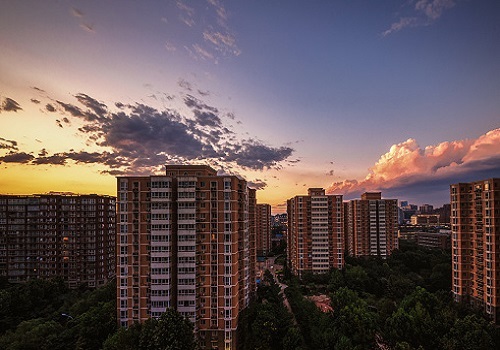

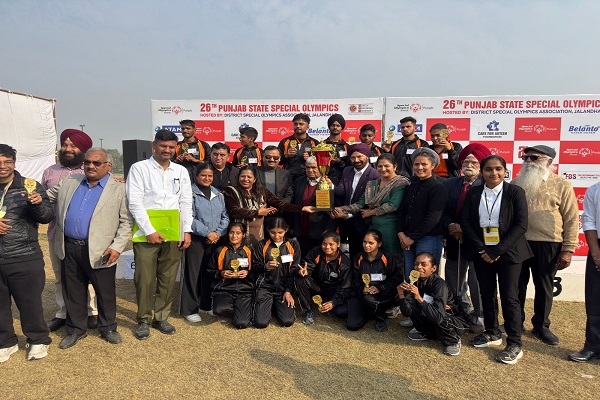
.jpg)



